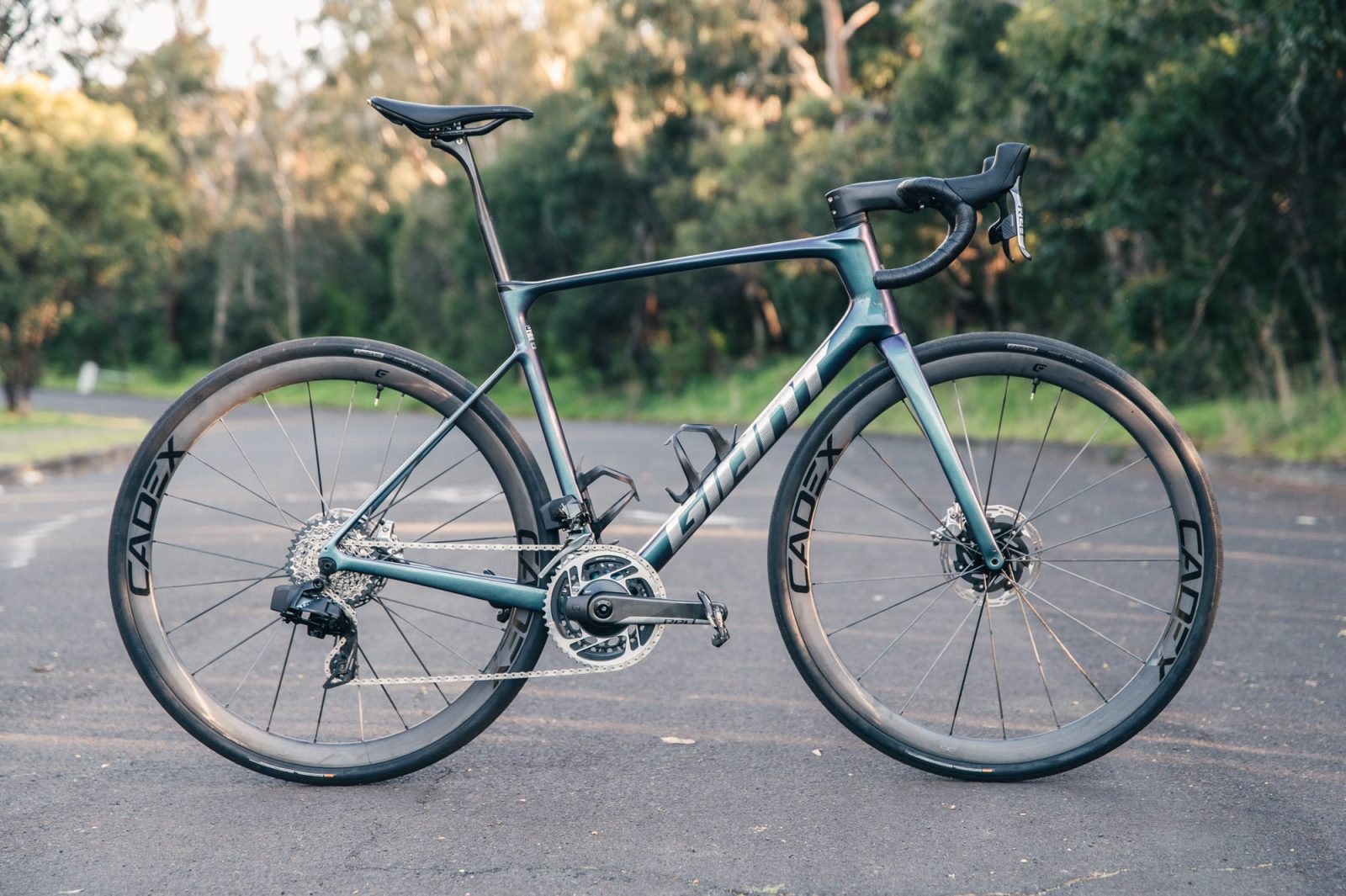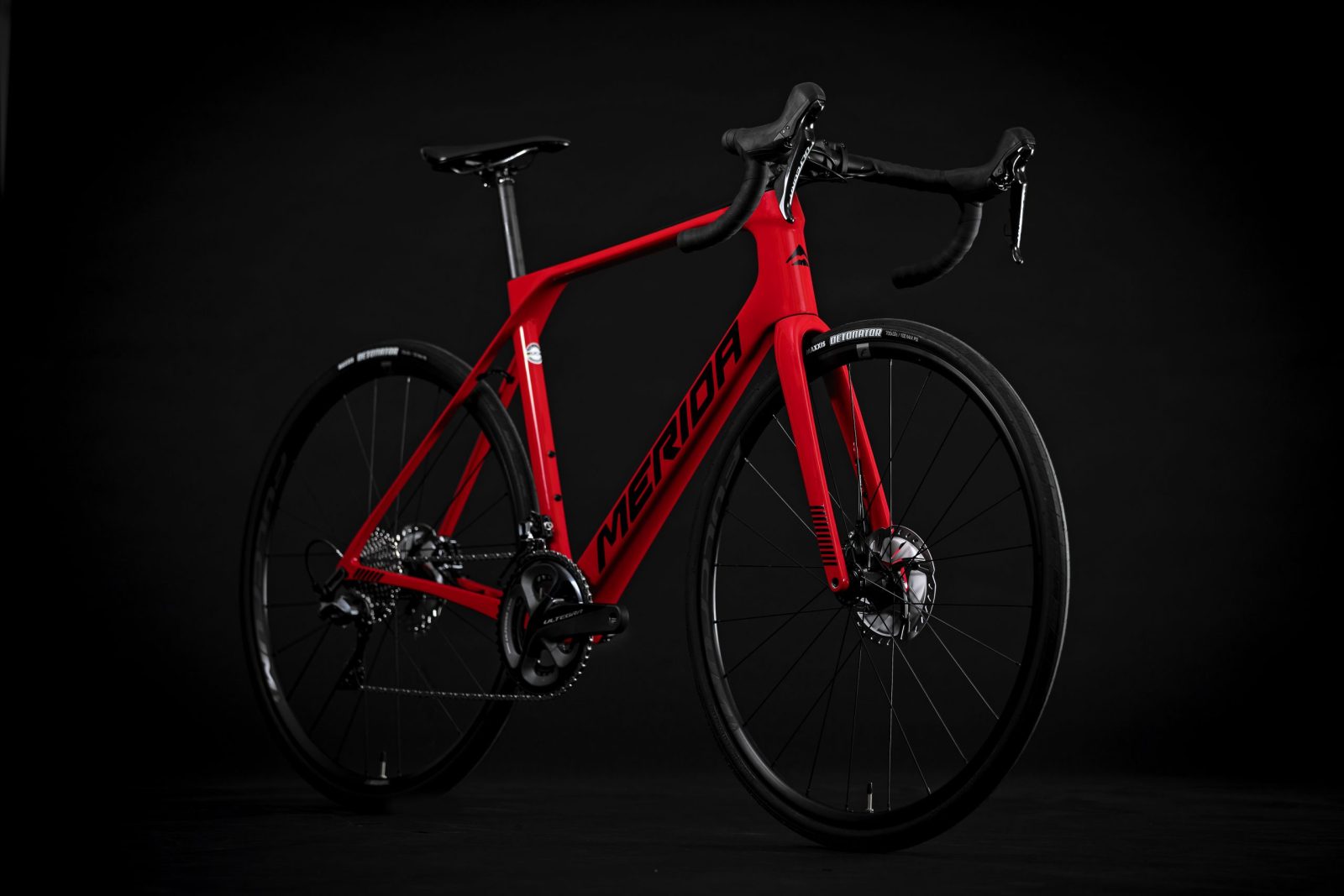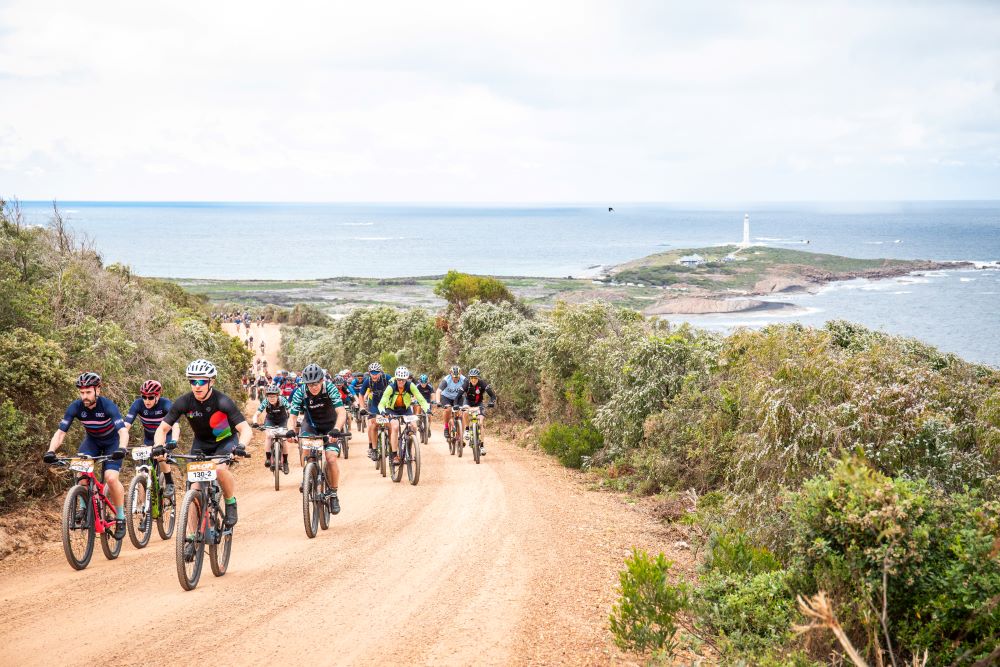Is it cushioning your backside needs or just something the correct shape? Cyclist tackles the age old problem of finding the right saddle
The growing popularity of cycling means the sport is seeing a lot more bums on seats. And if all those riders want to enjoy the experience, we’d bet our bottom dollar (sorry, couldn’t resist) that finding a comfortable saddle is a priority. But what is it that makes a saddle feel more comfortable, and how can you be sure the one you’ve just plucked off the shelf will look after your nether regions any better than the last?
Many saddle brands now have some form of fitting system to guide you through the minefield of choosing an appropriate saddle. Prologo has its MyOwn system, Selle Italia has its IDmatch, and the list goes on, but while they each take a slightly different approach, essentially what they all do is to take some simple body measurements to glean a few important details about your body. Usually of primary concern are establishing sit bone width, degrees of flexibility and/or pelvic rotation and preferred riding style. With these key determinants established, recommendations can then be made as to what saddle will suit the individual best.
This ultimately comes down to two choices, regardless of brand: width and profile. Most brands now offer three profiles of saddle: flat, curved, and somewhere in between, and different brands may represent this in their own way, for example Fizik labels its range Snake, Chameleon and Bull.
If it sounds complicated, then don’t be put off. ‘There’s a huge amount of marketing fluff – and you can quote me on that,’ says Nick Larsen, designer and owner of Fabric saddles. ‘I think more than anything, people seem to like to make the problem more complex than it needs to be. Overall there hasn’t been a huge amount of development in saddle shapes and designs for decades. Much of that is being restricted by how saddles are traditionally made.’
So let’s start by unravelling some of the myths and establishing some pertinent truths about saddle design.
Yours truly
The one thing every saddle designer we spoke to agrees on is that saddle choice is very much down to the individual. Buying a saddle simply because it’s the latest model or because it has been given a good review is foolhardy. Everyone is different and there’s myriad variables that can determine what works for you. One thing is for certain – pressing your thumbs into a saddle in the bike shop is like kicking the tyres on a used car. It will tell you little or nothing at all about how suitable it might be.
Salvatore Truglio is Prologo’s team liaison, so well aware of the feedback riders provide for various saddle designs. In his experience, he says, ‘Shape always wins over padding, but we must always pay attention to the needs of the individual. The position of the rider is the most important factor, as from recreational level through to pro level everything changes.’
‘It’s all about shape, not padding,’ agrees Larsen. ‘Padding might help in certain circumstances, but what’s most important is shape relative to your riding position. As your riding position changes so does your weight distribution. As a generalisation, the more upright your position the more radius [curvature of the saddle] you need to support your sit bones and retain a stable seating position, and the more low and stretched out your position, the more you will benefit from a flatter saddle profile. Knowing how you ride will be of more use when picking a saddle compared to, say, just focusing on sit bone width. This has some importance, but it’s easy to cater for and also from our studies we’ve found there’s a definite bell curve, where 90% of the population lies. There really aren’t all that many outliers, it seems.’
Selle Italia product director Piet van der Velde seems to initially contradict Larsen’s views: ‘The priority is to be measured first to determine the width of the saddle that your body needs in order to support it on the bike.’ But he goes on to say, ‘It’s your flexibility that determines the saddle shape that you need in order to achieve the best performance from yourself and in terms of biomechanical fit. Taking this into account, the shape comes before the padding. This is probably determining 80% of your comfort level. The padding is a matter of personal need in terms of differences of soft tissue or simply the distance you ride.’
Rule #5
The old school would have you believe the soft tissue that van der Velde refers to is something that needs to be trained, just like your legs. But is hardening up to pain and discomfort truly an answer? Thankfully, no seems to be the consensus. Rule #5 need not apply here. Larsen suggests quite the opposite, saying, ‘I don’t think many people fully appreciate what a truly comfortable saddle feels like. You shouldn’t even be aware that it’s there. But most people just persevere and “get used to” a saddle that is not really comfortable at all.’
Prologo’s Salvatore Truglio goes further, saying, ‘What some people don’t realise is that tissue eventually gets destroyed by the pressure exerted by the saddle, and that is often why a saddle may eventually feel more comfortable over time if you persist.’
Selle Italia’s van de Velde adds, ‘Thicker, softer foams and gel don’t offer much support in terms of position and can actually cause compression of arteries and nerves, leading to further discomfort.’
The message is clearly not to be fooled by a cushy-looking cover and focus on being properly supported. Of course, there are more parts to a saddle than its cover. ‘We find that so much of the comfort comes from the rails,’ says Larsen. ‘If the rails have some flex the saddle will automatically feel more forgiving. It’s why you can still achieve comfort with no padding at all.’
Despite being new to the market, Astute has the benefit of being in a region of northern Italy where over 50% of worldwide saddle production takes place, so it has a very experienced workforce. Brand manager Andrea Rizzato says, ‘Anti-vibration is very important for comfort. We use a shock absorber in the rail plus three densities of memory foam padding developed from Aston Martin sports car seats, but the nose is most important for us. It’s where people feel the comfort of the saddle most. But shape and padding must work together as a system.’
Rizzato concludes, ‘The most important point though is that you recognise your own ability. This will help make a good choice.’ He suggests that riding position above all else determines pelvic tilt and the knock-on effect on the distribution of pressure between sit bones and soft tissues.
The best advice: resist the temptation to squish it with your thumbs, get measured, and then get your backside on one of the many ‘try before you buy’ versions (practically all saddle brands offer this facility), for at least a few rides on your regular routes. Then you can listen to your body, not the latest marketing campaign.


